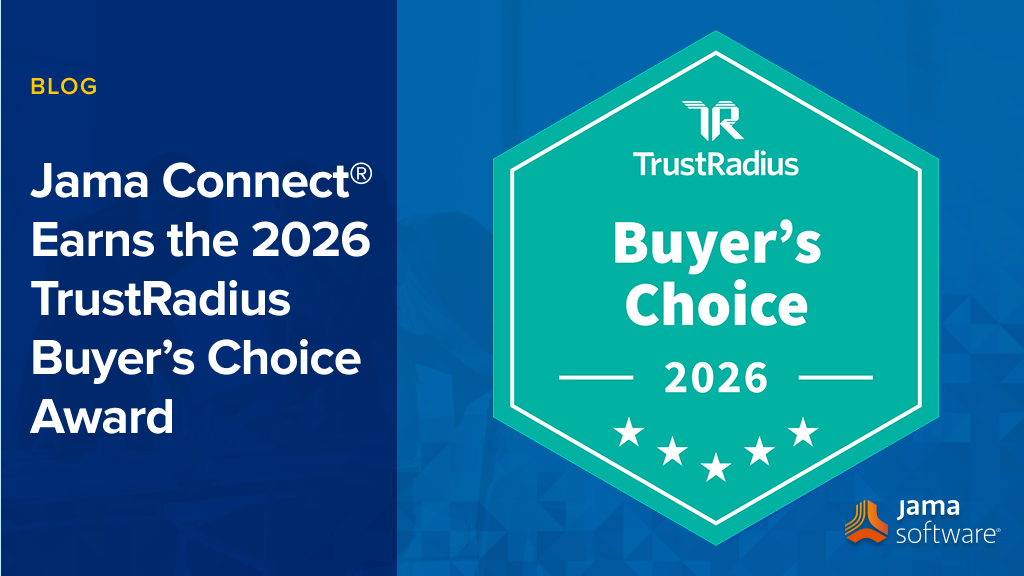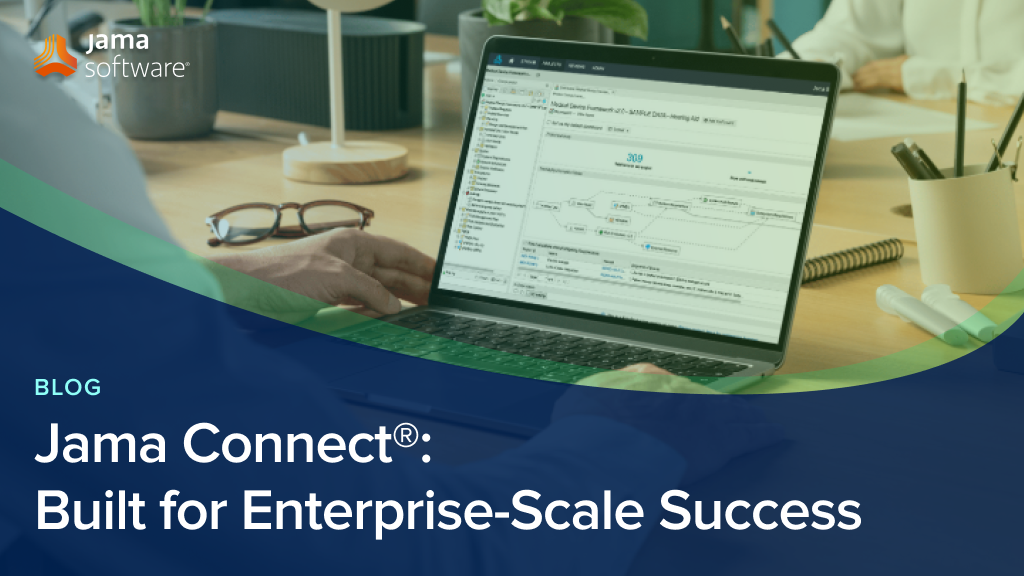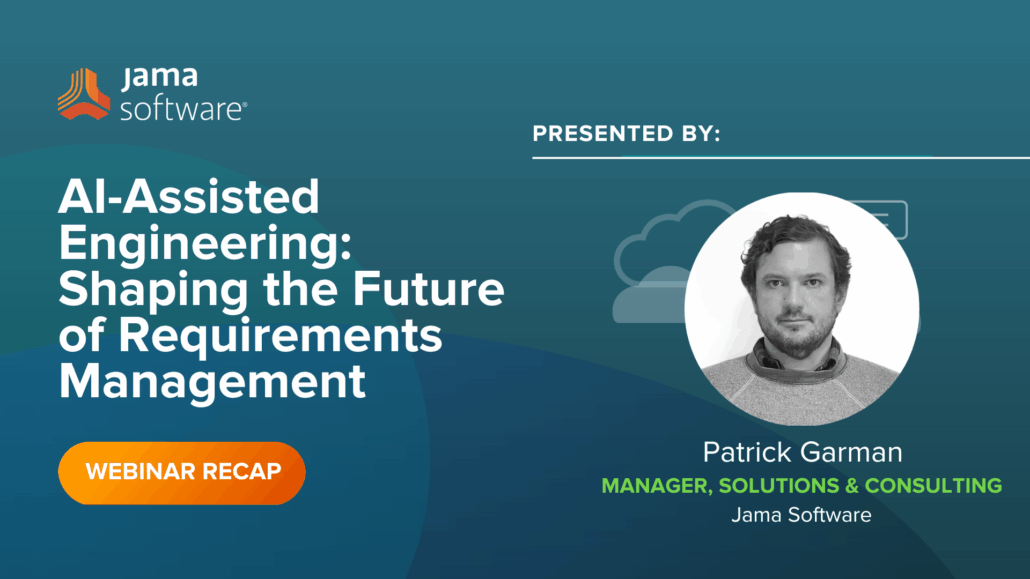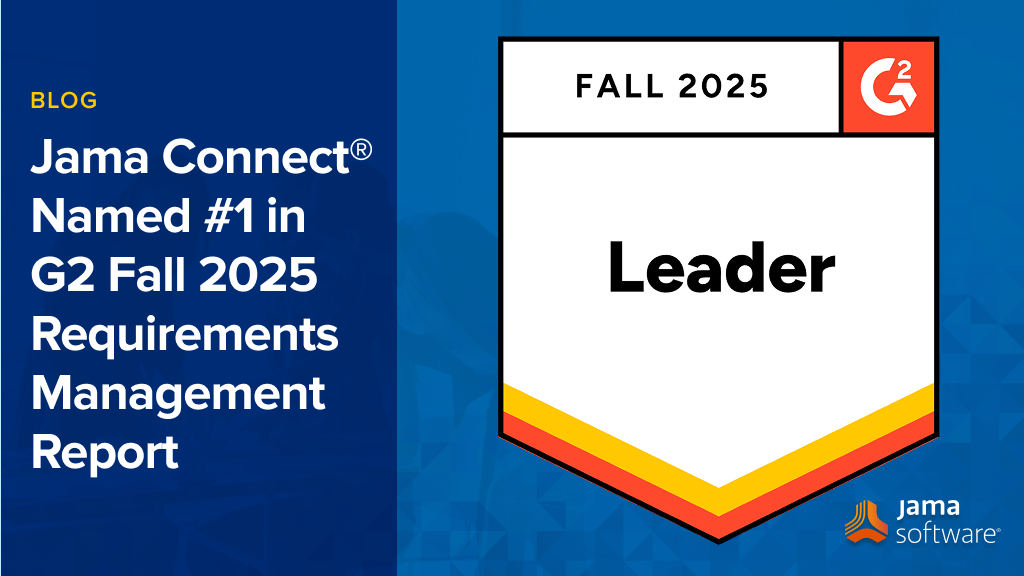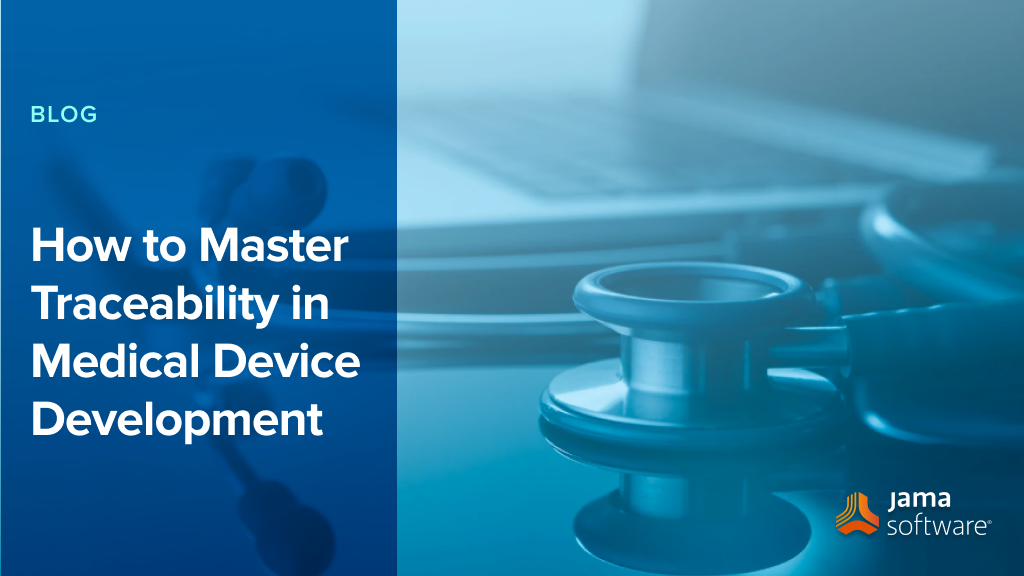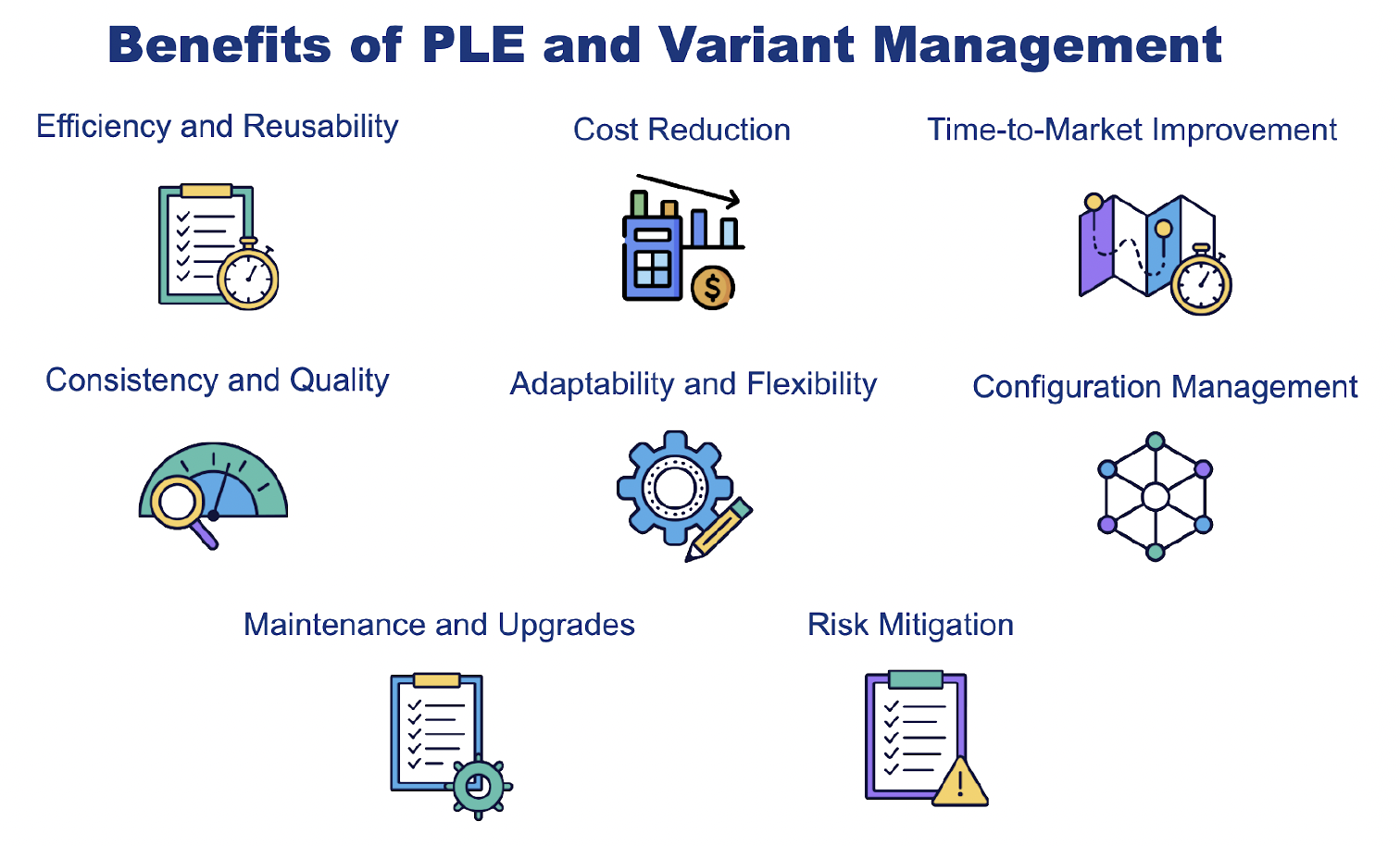
In this blog, we recap a preview of our webinar, “Best Practices for Writing Requirements” – Click HERE for the full version.
Discover How to Remove Ambiguity and Improve Development Outcomes
Regardless of what terminology your teams use—”needs,” “features,” or “requirements”—the purpose of good requirements is to create a shared understanding of the promise, functionality, and value of the products you develop across all stakeholders. Ineffective requirements can lead to scope creep, delays, and poor product quality.
Watch our webinar to learn proven methods for writing better requirements to remove ambiguity and improve development outcomes.
In this insightful session, you will learn how to:
- Create a simple, systematic, and standardized process that your teams can follow.
- Separate requirements from design and establish a clear hierarchy.
- Ensure complete traceability of requirements throughout the development lifecycle.
Below is a preview of our webinar. Click HERE for the entire presentation.
Below is an abbreviated transcript of our webinar.
Best Practices for Writing Requirements
Patrick Garman: Hello everyone, let me introduce myself and my co-host. I am Patrick Garman, I’m a Principal Solutions Consultant here at Jama Software, and I work with customers across multiple industries to optimize requirements management practices to help innovators succeed. Before coming to Jama Software, I had 10 years of product development experience and I’ve led teams to successful product launches in soft tech, consumer electronics, logistics, healthcare, government and public sector, and the financial services industries. And now I serve as the services lead for improving requirements quality at Jama Software. Joining me today as well is Danny.
Danny Beerens: Hi. Thank you, Patrick, for introducing me. I’m Danny Beerens, Senior Solution Consultant here at Jama Software, and I will be assisting Patrick today. I have nearly two decades of experience in system engineering, and I have successfully implemented, trained, maintained, and supported application lifecycle management application, specifically requirements management application. Throughout my career, I have worked on projects and collaborated with customers in the medical device, aerospace and defense, automotive, and semiconductor industries.
RELATED: Buyer’s Guide: Selecting a Requirements Management and Traceability Solution
Beerens: So let’s start off today. Jama Software’s purpose is to help innovators succeed, as Patrick already mentioned. And the key to successful innovation is writing high-quality requirements for your products. We want you to walk away from this session with an understanding of why requirements are important and give you a useful framework from which to build your requirements-authoring skills. Basically, we are setting the groundwork here. We’ll expose you to the challenges in product development as they relate to requirements, and we will talk about how requirements help to bridge communication challenges. We’ll also provide you with important information and tools for authoring better requirements. So helping you write better requirements is why we are here, but what does that matter, why are we really here?
What we want and what I suspect you want too is to build safe and high-quality products, and requirements are an essential element in defining, designing, and developing great products. So yes, we want you to write better requirements, but writing better requirements is a means to a better end, a high-quality safe product, and good requirements also mean getting that great product with hopefully less communication friction, reduced rework, and building a work environment that encourages collaboration, transparency, and focuses on quality.
RELATED: The Essential Guide to Requirements Management and Traceability
Beerens: So, let’s start with talking about why requirements are important. Requirements are the building blocks of product development and strong requirements lead to better products. Conversely, vague and unclear requirements cannot only lead to product issues but also to safety concerns. These quotes you see here from the US Food and Drug Administration Design Control Guidelines for Medical Device Manufacturers, and highlight the importance of quality requirement management in delivering safe products to the market. But these justifications for requirements can be applied to any industry or product. Keep in mind, that design control activities are intended to drive quality and safety into the product development process. And here, they are stating that requirements are the foundation to those safety activities.
Of course not all benefits of proper requirements management are related to safety, these also call out the impact to later product development lifecycle activities, finding that missing requirements or even ill-defined requirements can cause expensive redesign and rework, which makes sense considering the later issues are found in the product lifecycle, the more expensive the issue is to resolve, as you’ll need to circle back to previous phases to identify and address the issue at the root, and their impacts along the way. Requirements management activities are a way to avoid these issues from the start, thus reducing rework and redesign, and improving your quality. It also ensures you make the time to market. While the specific regulations and standards may vary, the same requirement management practices and principles are applicable to any industry.
